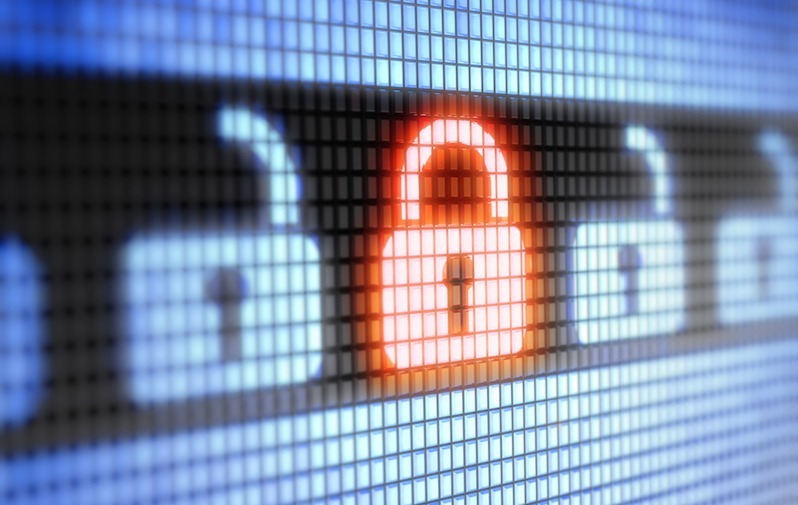Networking computers is a cost-effective, efficient, convenient method of ensuring that all employees have easy access to resources, including printing. Unfortunately, this same technology that allows businesses to save time and money can become a liability unless security measures are taken to prevent hackers from gaining network access. Read on to learn about the risks of an unsecured print network and best practices to help secure them.
The Threat of An Unsecured Printer
Unsecured network printers are vulnerable to any number of threats which can put your organization at risk of a data breach. If a hacker installs malware on your printer it may remain undetected for an indefinite period of time while they continue to steal your data and compromise your network. In addition to the often irreparable damage to your reputation, risks include:
- Ransomware – Regardless of the nature or size of your business you don’t want hackers or competitors gaining access to your information. Once it falls into the wrong hands your data may be held for ransom or used to gain a competitive advantage.
- Spyware – Since your printers are a part of your office network, hackers can use them as a gateway to all connected devices.
- Stored Data – The hard drive on your printer contains stored documents that may consist of sensitive financial, banking, business, or personal information.
Best Security Practices
Steps you can take to ensure the safety and integrity of your network printers include:
- Ensure your firmware is kept current by installing patches and updates as soon as they are released.
- Confine your printers to a local network that is separate from your computers.
- Implement a user authentication system to prevent unauthorized access to your printers and network.
- Choose print equipment with an encrypted hard drive to protect stored data.
- When setting up a new printer be sure to change the factory installed default settings including the username and password.
- Monitor your printers in real-time using dedicated monitoring and alerting systems and software.
- Disable all unnecessary services and features on your printers.
- Train all employees on security risks and best practices for prevention.
- Implement a pull-printing system which requires employees to enter a secure code or passkey at the printer before their print jobs are released.
These best practices for printer security can help to reduce the vulnerabilities within your printer network. Contact us today to learn more!
Related blog:

